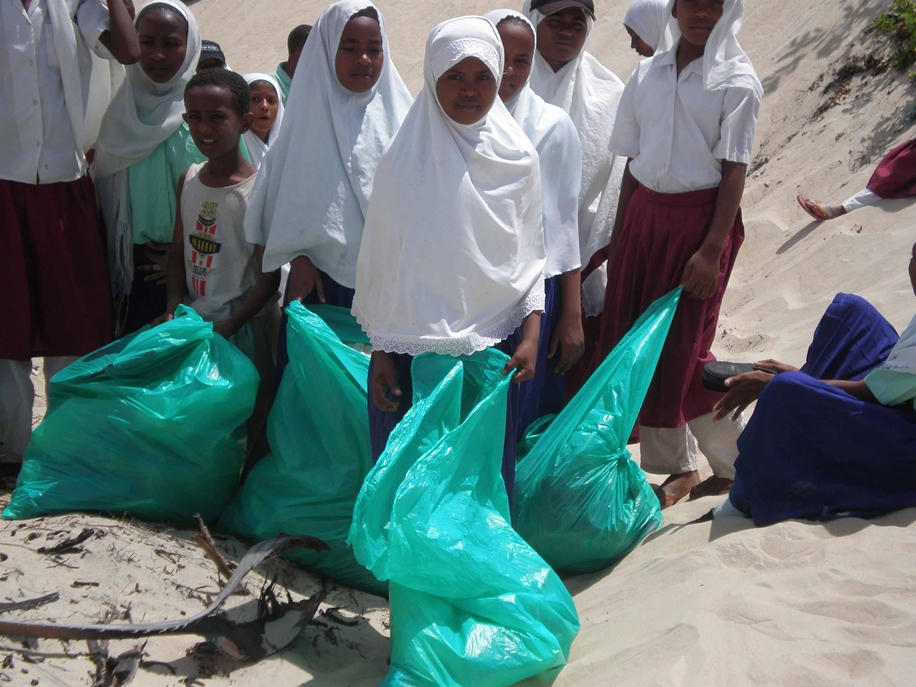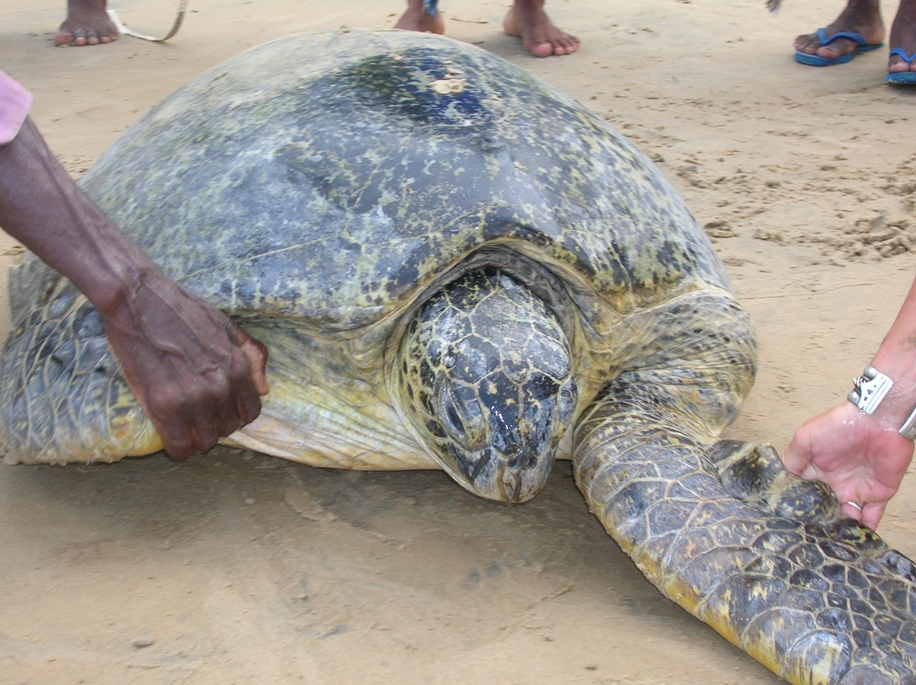The Lamu Archipelago extends from the Kenya-Somalia border to the Tana Delta, incorporating the North Banks and the Dodori channels. It’s an enormous area, covering approximately 2,340 square miles. It is also a priority conservation area, and Lamu Island is a designated World Heritage Site. The coastal and marine resources in the archipelago are increasingly under threat from over-harvesting of corals, pelagic fish, sea turtles, and invertebrates. Destructive practices such as beach seining, fishing with drift nets, and coral mining damage the environment.
Lamu Marine Conservation Trust, a local community-based organization, wishes to establish a 741-acre community-managed marine protected area. Protection of the Kiweni MPA will last for at least 10 years. The area will include ecologically fragile coral reefs and fish feeding, breeding, and spawning sites. They will also continue to monitor turtle nesting sites on Lamu and Manda Islands, and conduct environmental education in four schools on Lamu Island.
Seacology will provide funding to buy boundary demarcation buoys, moorings for anchorage, snorkel gear, a solar inverter system, and digital camera. The grant will also support monitoring of the conservation area, by funding a communication system (radios, etc.) and two bandas (shelters) for patrollers.



